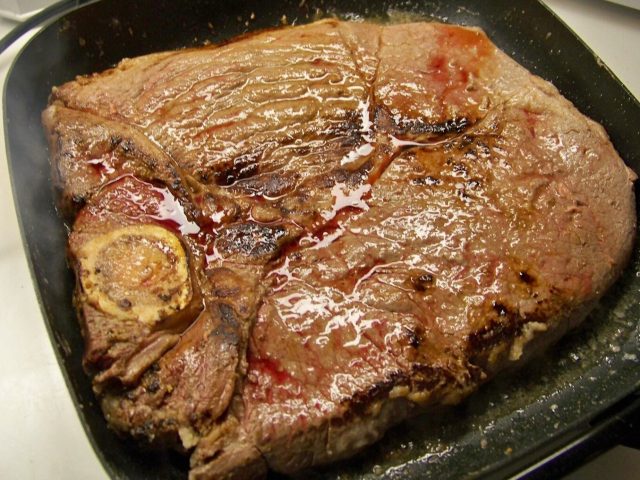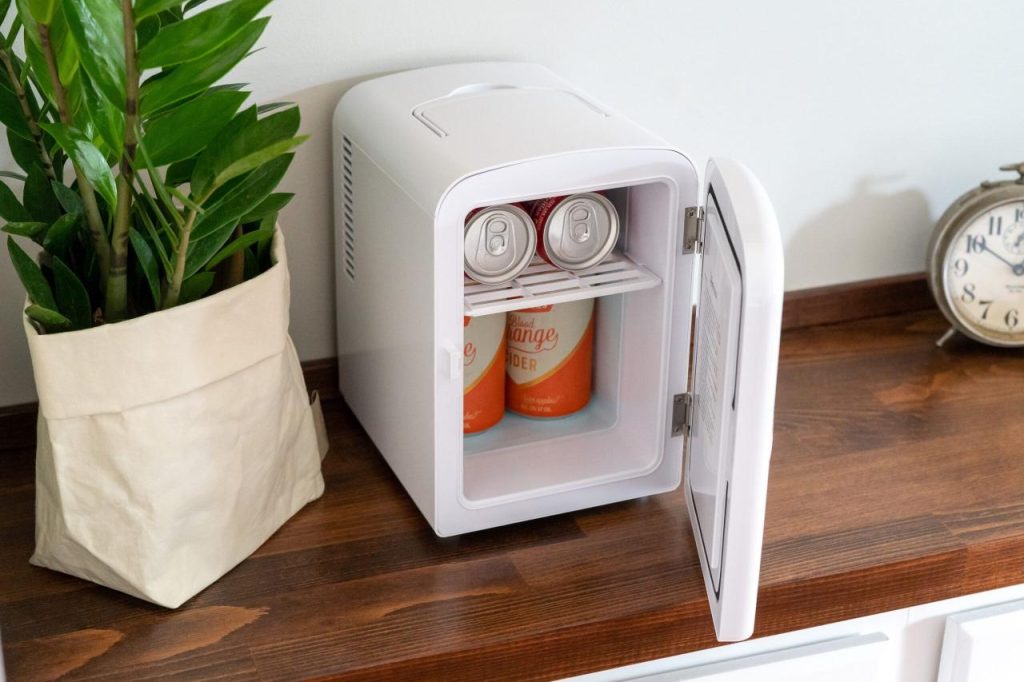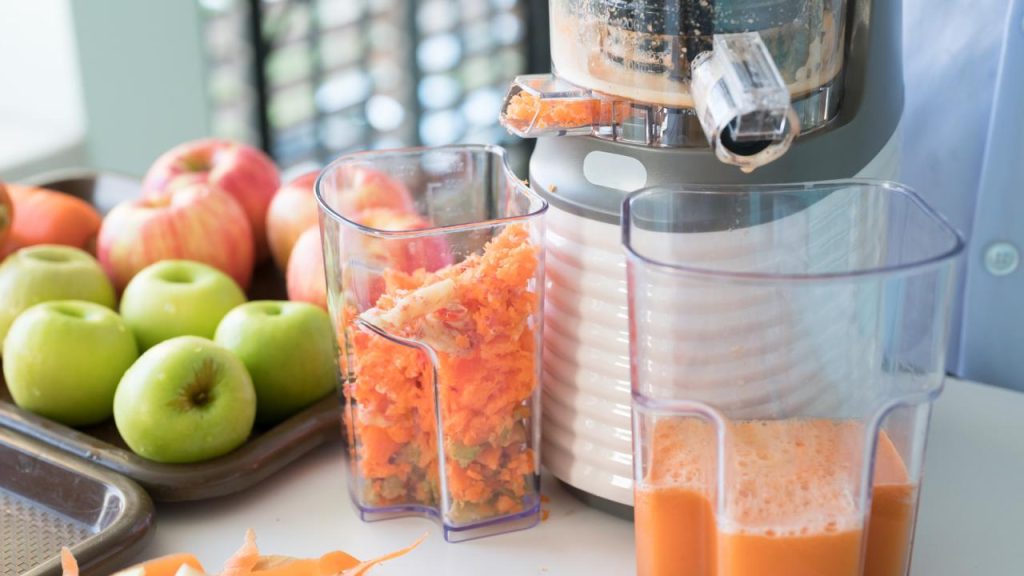Entering the realm of contemporary kitchen conveniences, one may ponder the science and safety of employing microwaves for daily chores. A topic frequently debated is the act of boiling water using these practical appliances. “Can microwaves boil water?” is a query that Cook Eat Delicious endeavors to unravel, examining both the mechanics and precautions associated with this commonplace practice.

Is microwave boiling water?
In the realm of modern kitchen conveniences, questions often arise about the science and safety of using microwaves for everyday tasks. Among these queries, the topic of boiling water using these handy appliances stands out. Addressing the question, “Is it safe to boil water in the microwave?” requires a closer look at the mechanics and precautions involved in this common practice.
Understanding the process, microwaves produce heat through the manipulation of high-speed electromagnetic waves, creating friction among water molecules. In our comprehensive studies exploring the impact of different heat settings in a microwave on water properties, it’s evident that microwaves indeed have the capability to bring water to boiling temperatures.
However, a noteworthy point is the uneven distribution of heat. Electromagnetic waves heat water molecules sporadically, leading to scenarios where water might boil at the base while remaining lukewarm on the top. To address this, our experience emphasizes the importance of stirring the water post-heating and advocates for the use of appropriate microwave-safe containers.
While the health implications of microwave ovens are subjects of continuous debate, certain precautions are advisable. It’s essential to follow recommended guidelines, use microwave-safe materials, and avoid heating water for an extended period, as superheating can occur. Additionally, being cautious when handling hot containers and allowing for proper ventilation during the microwaving process contributes to safe practices.
In conclusion, microwaves can effectively boil water, but users should be mindful of the uneven heating nature and take necessary precautions to ensure both safety and optimal results.

Recommendations when using a microwave oven to boil water
While microwaving is a quick method for boiling water, it’s crucial to observe certain precautions to minimize potential mishaps.
The risk of scalding oneself with boiling water is real. At Dinnerdude, we consistently emphasize the importance of using protective mitts when retrieving hot water to prevent burns. Always ensure that the containers you use are designated as microwave-safe.
Avoid using non-microwave-safe materials such as certain plastics, glasses, or any metal containers in the microwave. The steam produced can cause burns, so it’s advisable to allow the boiled water to cool slightly before direct contact.
Thoroughly perusing your microwave’s user manual provides valuable insights into the appropriate power levels, settings, and tools to use. Following these guidelines ensures a safer microwaving experience and reduces the risk of accidents associated with boiling water in this efficient kitchen appliance.
How to use it safely
Boiling water in the microwave is a simple and quick process. Here are six easy steps for consumers to follow:
1. Choose a microwave-safe cup or bowl, preferably made of glass or ceramic.
2. Fill the cup or bowl halfway with water, leaving it uncovered.
3. Place a non-metallic object, such as a chopstick or popsicle stick, in the water to prevent overheating.
4. Allow the microwave to run in short intervals. Stir the water every 1 to 2 minutes until it comes to a boil.
5. Tap the side of the bowl to check the temperature and help distribute heat evenly, ensuring uniform boiling.
6. Carefully use a heat-insulating pad to remove the cup from the microwave. The boiled water can be utilized for various purposes, including cooking, making tea, cocoa, or coffee.

Precautions boil water in the microwave
When boiling water in the microwave, it’s crucial to take the following precautions:
1. Beware of Superheating: Water in the microwave can become superheated, exceeding its boiling point without actually boiling. Disturbing superheated water can lead to violent eruptions, causing scalding.
2. Use a Microwave-Safe Container: Ensure the container you use is designated as microwave-safe to prevent melting or other potential hazards.
3. Avoid Overfilling: Leave space at the top of the container to reduce the risk of water spilling over when it begins to boil.
4. Place a Non-Metallic Object: Inserting a wooden or sugar stick into the water provides nucleation sites, promoting regular boiling and reducing the risk of superheating.
5. Monitor the Heating: Do not leave the microwave unattended. Stay close and keep an eye on the water.
6. Let it Stand: After boiling, allow the water to stand for a minute inside the microwave before removing it. This reduces the risk of burns from superheated water.
7. Handle with Care: Always use oven mitts or a cloth to remove the container from the microwave, as it can be hotter than anticipated.
8. Microwave Setting: If your microwave has adjustable power settings, consider using medium power to heat the water more uniformly.
Remember, while microwaving is a quick way to heat water, caution is essential to avoid burns or other injuries.
As we navigate through the realm of microwave cooking, it becomes evident that, while this method provides convenience, it’s crucial to approach it with caution.
Throughout our exploration at CED, we’ve underscored the significance of safety precautions to guarantee optimal results. The next instance you turn to the microwave for boiling water or any culinary task, keep these insights in mind to ensure that your cooking endeavors are not only efficient but also safe.







